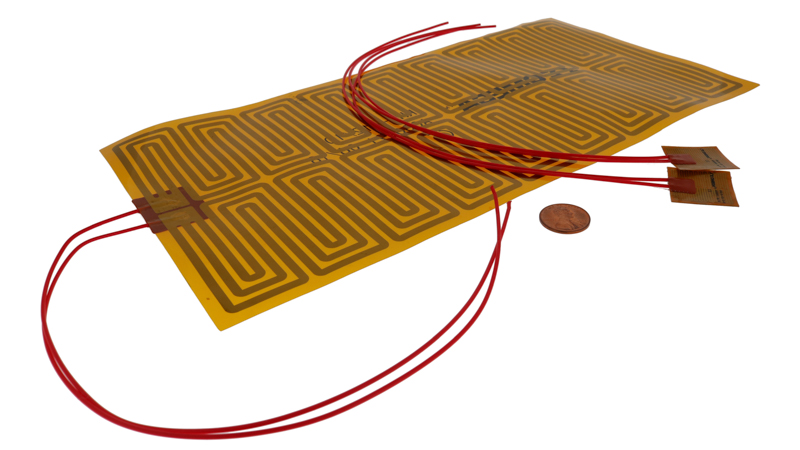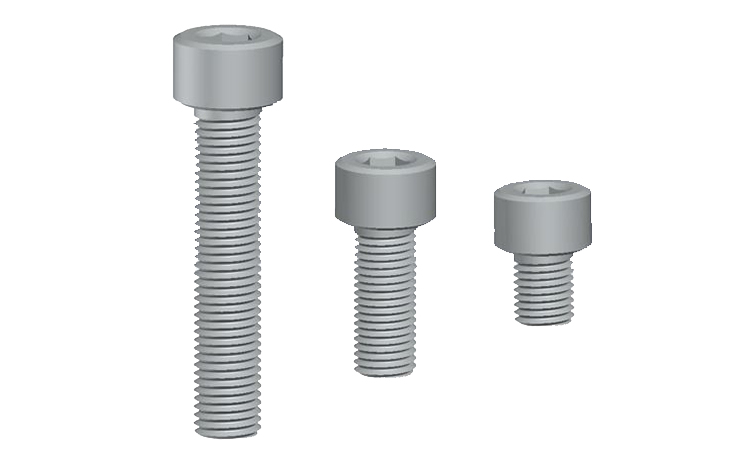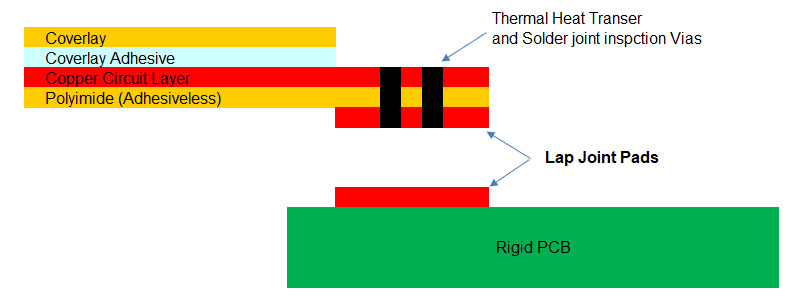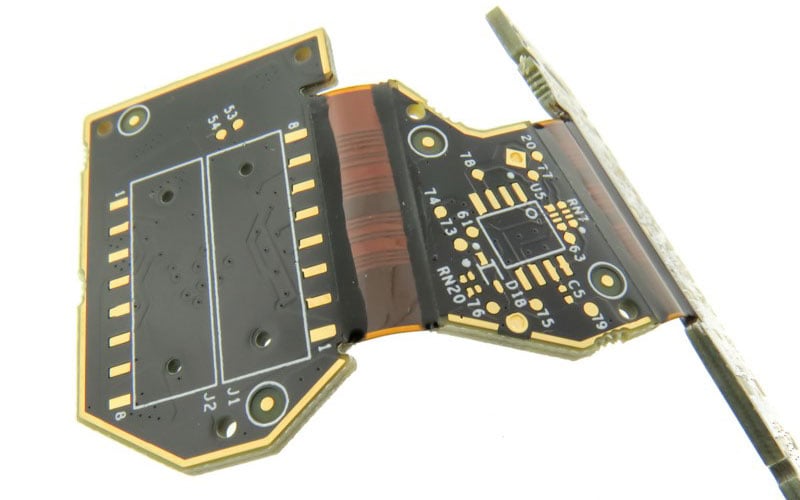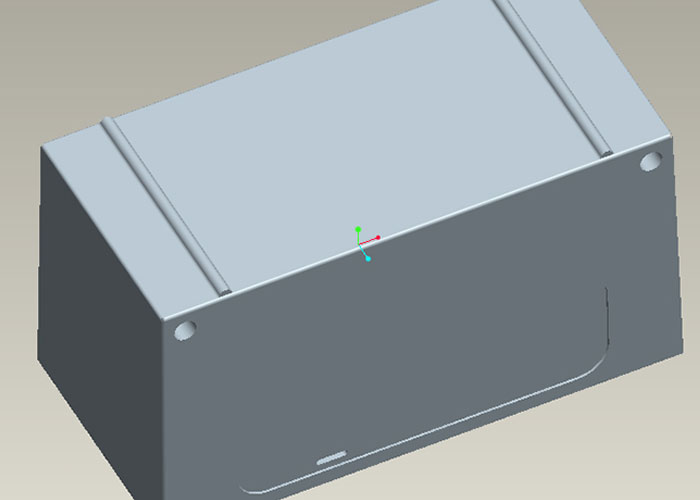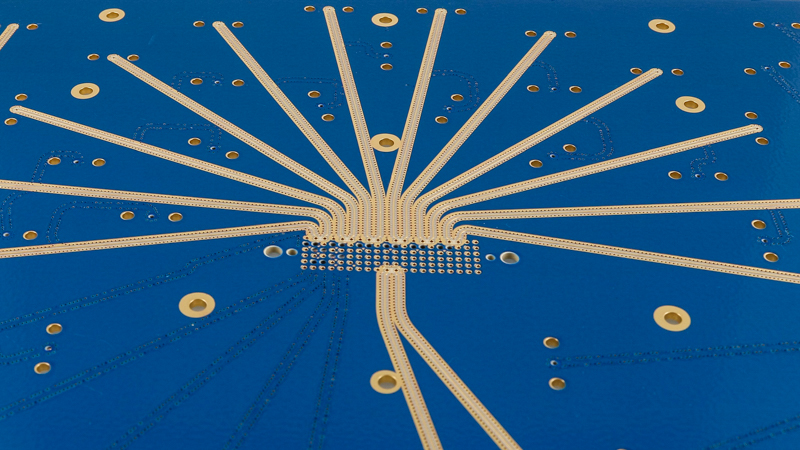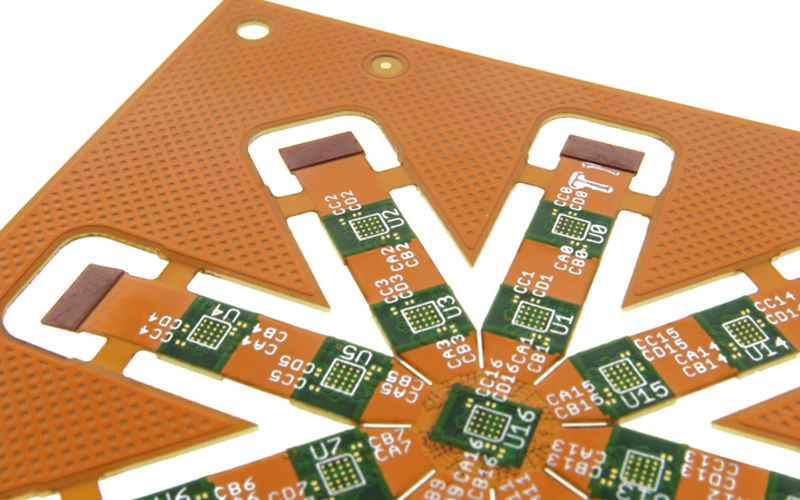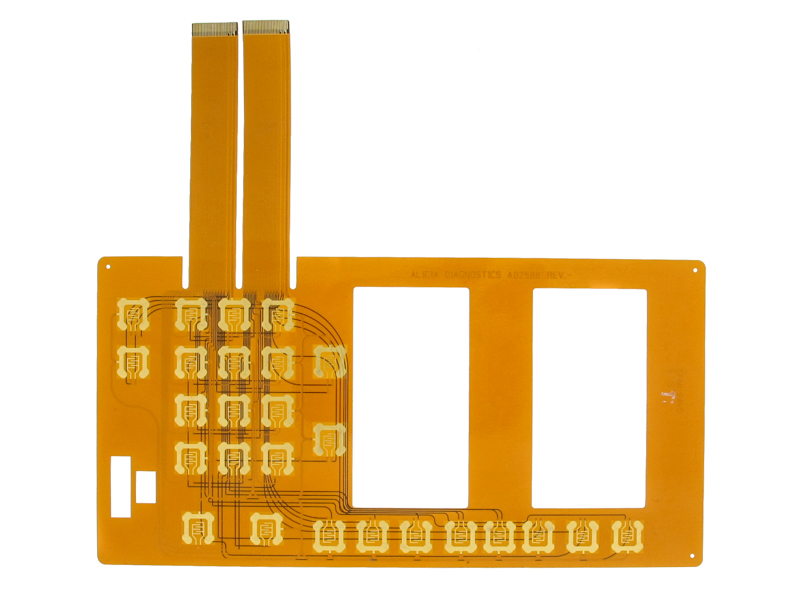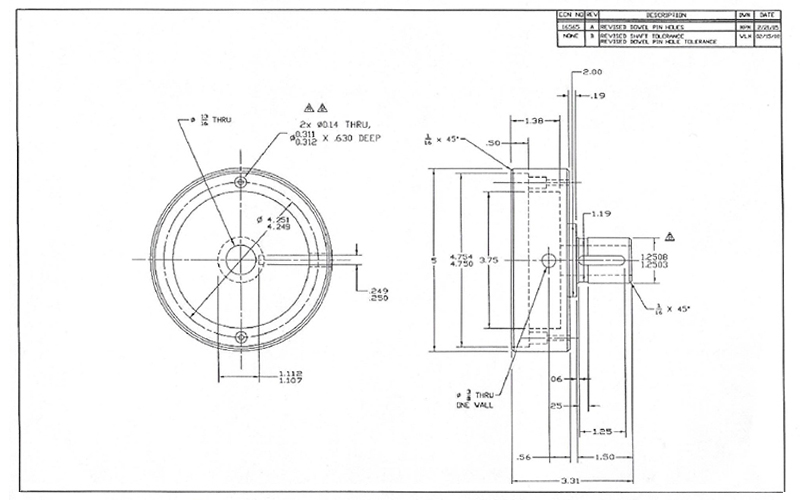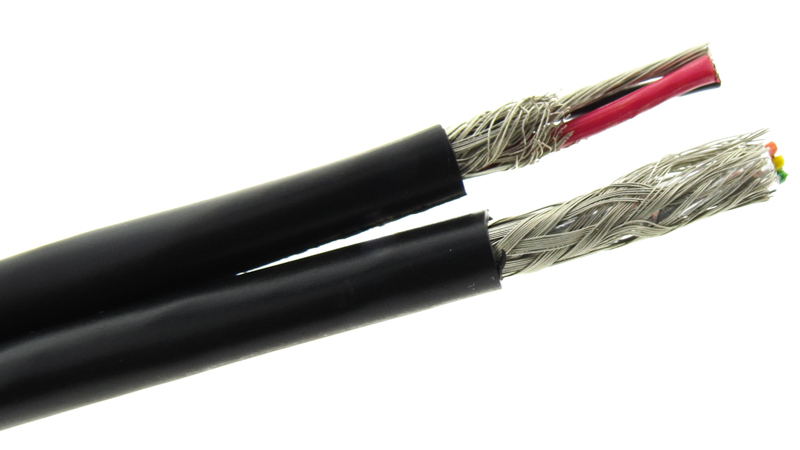Flexible heaters bring with them a wide range of advantages that cannot be ignored for most applications. For starters, they offer superior versatility (hence the name) when alternative types of heaters and can have very thin form factors as well.
Companies rely on engineering departments to design and develop parts and assemblies for machinery and applications. Before a part goes through the assembly line, engineers use computer-aided programs to develop 3D models and simulations.
Flex circuits have many unique capabilities to solve design challenges. One of these is a lap joint capability that allows a flexible circuit board to be directly attached to another circuit or component eliminating the need for any type of connector.
Contrary to some customers’ perspectives, flex circuits are not indestructible. As with any part that contains a metal if it is bent or handled beyond its physical capabilities it will break. In this blog, we will cover the 3 main causes of fractured or cracked circuits in a flex design and how to prevent them from occurring. We’ll also review how to determine the minimum bend capabilities of a flexible circuit board design.
When bringing a new project to market that involves an injection molded enclosure, there will be critical design and sourcing decisions that can have a tremendous impact on the overall project.
While PCB layout typically has played the leading role in high-speed printed circuit board (PCB) applications, the role of the PCB fabricator becomes more and more important as the trend to faster, higher integrated, smaller form factors, and lower power electronic circuits become more prevalent.
Heat dissipation is the ability of a part, whether a circuit or any other component, to take the heat that's being generated by a component or an element of the design and to distribute it, dissipate it, and make the heat go away, for lack of a better phrase. This prevents the temperature of the part from continuing to elevate as the device is operated.
A membrane switch is a particular type of custom switch assembly built to either open or close an electrical circuit's conducting path. Each layer in the assembly serves its own unique purpose. Custom features can easily be added with the design considerations.
Computer-Aided Design (CAD) systems and software began replacing drawing boards during the 1980s. Today, there’s hardly an engineer anywhere who uses pencil and paper to produce engineering drawings. Everyone uses CAD, for the simple reason that it offers many advantages.
When designing a custom cable assembly, it can be more in-depth than you would initially think. All you have to do is make connections, right? What could be intricate about that? If care is not taken during the design process, it could lead to unintentional failures or incorrect functionality down the line.


